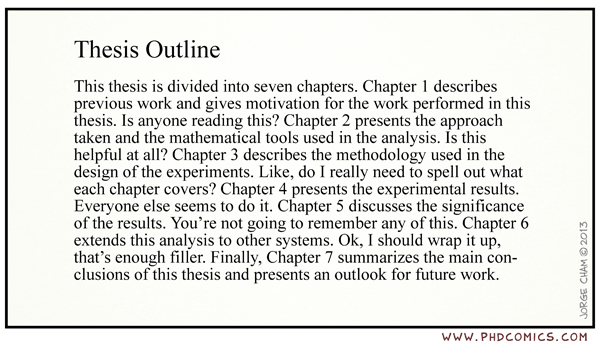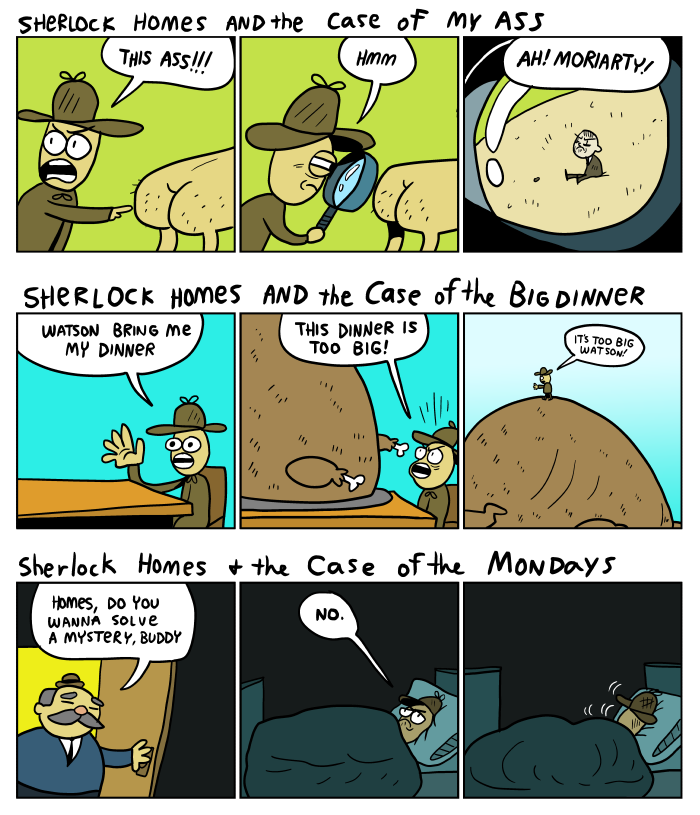Nicolae: The Rise of Antichrist; pp. 165-166
In this scene, Jerry Jenkins achieves a vivid, palpable realism. The effect is brief, but it is powerful, visceral.
Rayford and Hattie were welcomed expansively by the maitre d’ of the Global Bistro.
You, the reader, suddenly realize that you are about to be swept along, accompanying Rayford Steele and Hattie Durham for an entire meal. Your fight or flight instinct kicks in, your pulse quickens, your breathing becomes shallow and rapid. It becomes difficult to articulate your thoughts into anything clearer than a primal, howling Noooo! You wish you were anywhere, absolutely anywhere, other than here, in this restaurant, with these two people.
And that is exactly what this experience would be like in real life. Jenkins has made you feel the very same emotions with the very same intensity that you would be feeling them if you were experiencing this scene in real life. Few writers ever achieve this effect quite so successfully.
I can’t help but respond exactly the way I would if I were there in the flesh. I start examining my surroundings, looking around the restaurant for any blessed distraction from the horror of accompanying these two people on this intensely awkward dinner date.
And here, alas, the spell is broken. The initial emotional realism — the head-to-toe dread and longing to escape — quickly dissipates in a flurry of incongruous and contradictory details. This restaurant, we were told, was the finest in all of New Babylon and a personal favorite of the Antichrist himself. Yet I can’t make any sense of the place. Nor can I reconcile what we’re shown of it with the principles of Nicolae Carpathia’s “Global Community” that it is said to embody.
Rayford and Hattie were welcomed expansively by the maitre d’ of the Global Bistro. The man recognized her, of course, but not Rayford. “Your usual table, ma’am?”
“No, thank you, Jeffrey, but neither would we like to be hidden.”
They were led to a table set for four. But even though two busboys hurried out to clear away two sets of dinnerware, and the waiter pulled out a chair for Hattie while pointing Rayford to the one next to her, Rayford was still thinking of appearances. He sat directly across from Hattie, knowing they would nearly have to shout to hear each other in the noisy place.
Earlier, Rayford fretted about dressing for dinner, making sure he wore something formal enough to be acceptable at this upscale restaurant. We were led to imagine a fine dining establishment — the kind of place with cloth napkins, real silver, crystal water glasses and maybe even live music played on a harp or a grand piano. The fussy maitre d’ and solicitous staff reinforce that impression. So did the idea that this is where the global potentate himself has a “usual table.”
I don’t generally imagine global dictators eating out regularly. I picture them, instead, usually dining at one of those long tables in a palatial dining hall with chandeliers, high-backed chairs and a dizzying assortment of goblets, glasses and silverware at every setting. I picture them having personal chefs and probably even a food-taster screening for poison back in the pantry. (All of that is probably inaccurate, but I admit that my sense of the dining habits of global elites comes mostly from old movies and New Yorker cartoons.)
So now I’m trying to square this idea of a fancy-schmancy high-class restaurant with being told the Global Bistro is a “noisy place.”
And I’m even more confused by the next bit of detail we learn about our surroundings: Instead of tasteful artwork, Le Bistro apparently has TV sets all over the place.
Televisions throughout the Bistro carried the continuing news of war around the world. Hattie signaled the maitre d’, who came running. “I doubt the potentate would appreciate this news depressing patrons who came in here for a little relaxation.”
“I’m afraid it’s on every station, ma’am.”
“There’s not even a music station of some kind?”
“I’ll check.”
Within moments, all the television sets in the Global Bistro showed music videos. Several applauded this, but Rayford sensed Hattie barely noticed.
So now I’m trying to recalibrate my mental image of the restaurant. “Televisions throughout” makes me think of a TGI Fridays or a Buffalo Wild Wings, but places like that don’t have maitre d’s. And what kind of restaurant has TV sets tuned in to cable news? (Jenkins seems to be confusing restaurants with his preferred setting — airports.) I used to stop for breakfast after work at a diner in Marcus Hook where patrons watched the morning news on a TV behind the counter, but that doesn’t seem like the kind of vibe Jenkins is aiming for here.

This is the Restaurant Vila Tusa, which TripAdvisor tells us is the 14th-best restaurant in Cluj, Romania, Nicolae Carpathia’s hometown. Note the absence of TV sets.
Restaurants with TV sets usually keep them tuned to only one thing: sports. Unlike either the news or music videos, sports can be watched with the sound turned off.
In one sense, it’s a positive change that we’re told the news of World War III is “on every station.” Rayford Steele is so preoccupied reminiscing about his past with Hattie — “when they were playing around the edges of an affair of the mind” — that he seems to have completely forgotten about the sort-of-nuclear destruction two days ago of London, Cairo, and a dozen major cities in North America. But in a world anything like the real world, that huge story would, indeed, be on every station — pre-empting all other programming for whatever channels still managed to be on the air, even the ones that only ever show Law & Order re-runs.*
Up until now, though, the world of this story has defied any comparison to the real world. In the world of this story, the obliteration of New York and Los Angeles is a one-day story. The destruction of Chicago does nothing to disturb the daily routine of residents of Evanston. So even though it’s wholly unimaginable and unrealistic to think that sporting events would have resumed two days later, in the context of this story and this book so far, there’s no reason to think that a regularly scheduled game between the Milwaukee Brewers and the Pittsburgh Pirates wouldn’t be played as though nothing had changed (or a game between the Charlotte Bobcats and the Memphis Grizzlies of the NBA, if it’s wintertime — we readers have no idea what time of year anything in this book takes place).
Just thinking about sports, though, leads me to wonder what sort of sports there might be in the “Global Community” of the Antichrist’s one-world government. Nicolae Carpathia has insisted that the entire globe share a single government, a single currency, a single language and a single religion. It makes sense that he should also have imposed a single sport for the entire world.
Soccer seems like the obvious candidate. (And yes, since American English appears to have become the official one-world language, it would be called “soccer.”) But how would that work now that all prior national and ethnic loyalties have been subsumed into a single Global Community? The One World Cup promises to be a sad, one-round affair consisting only of a “final” between GC and Israel. The Global Community squad would be heavily favored, I think, since they’d draw from the very best players of every other former nation on Earth. Plus the Israeli team would need a new place to practice, what with their home stadium having been taken over by Moses and Elijah’s revival meetings. In their favor, though, Israel wouldn’t have lost any players during the disappearances of the Event 18 months ago** — so at least they’d have all their starters still ready to play.
And while we’re musing about this, shouldn’t the harmony-through-uniformity logic of the Global Community mean a single world cuisine as well? I can’t really imagine what that might mean — something as flavorless and uninspiring as Nicolae’s one-world religion, probably. But imagining such a one-world cuisine still seems easier than making sense of the description of the menu that Jenkins gives us here:
Though the Global Bistro had a French-sounding name, Hattie herself had helped conceive it, and the menu carried international cuisine, mostly American. She ordered an unusually large meal. Rayford had just a sandwich.
Sandwiches and unusually large portions, I suppose, is as clear a description of “American” cuisine as one could hope for.
As this post illustrates, I wasn’t joking about the near-physical sensation of revulsion I feel toward sitting down to a long dinner conversation between Rayford and Hattie. Rayford is just too creepy for comfort in these situations.
They were led to a table set for four. But even though two busboys hurried out to clear away two sets of dinnerware, and the waiter pulled out a chair for Hattie while pointing Rayford to the one next to her, Rayford was still thinking of appearances. He sat directly across from Hattie, knowing they would nearly have to shout to hear each other in the noisy place. The waiter hesitated, looking irritated, and finally moving Rayford’s tableware back to in front of him. That was something Hattie and Rayford might have chuckled over in their past, which included a half-dozen clandestine dinners where each seemed to be wondering what the other was thinking about their future. Hattie had been more flirtatious than Rayford, though he had never discouraged her.
Blame the waiter, blame Hattie, nothing is ever Rayford’s fault.
In the past, when they were playing around the edges of an affair of the mind, Rayford had to remind Hattie to order and then encourage her to eat. Her attention had been riveted on him, and he had found that flattering and alluring. Now the opposite seemed the case.
Hattie studied her menu as if she faced a final exam on it in the morning. She was as beautiful as ever, now 29 and pregnant for the first time. She was early enough along that no one would know unless she told them. She had told Rayford and Amanda the last time they were together. At the time she seemed thrilled, proud of her new diamond, and eager to talk about her pending marriage. She had told Amanda that Nicolae was “going to make an honest woman of me yet.”
Hattie was wearing her ostentatious engagement ring; however, the diamond was turned inward toward her palm so only the band was visible. Hattie was clearly not a happy woman, and Rayford wondered if this all stemmed from her getting the cold shoulder from Nicolae at the airport. He wanted to ask her, but this meeting was her idea. She would say what she wanted to say soon enough.
We’ll hear what Hattie has to say next week. Unfortunately though, we’ll only get to hear it filtered through the distorting, condescending lens of Rayford’s point of view.
- – - – - – - – - – - -
* Also, if Hattie is right that the potentate wouldn’t want 24/7 coverage of his World War depressing people, then this coverage would not be “on every station.” The Antichrist owns and controls every station. They broadcast whatever he wants them to broadcast.
** Because, in Tim LaHaye’s theology, Jews are just a special sub-category of “the unsaved.” LaHaye, like most premillennial dispensationalist “Bible prophecy” enthusiasts, believes in hard supersessionism — a theology in which real, true Christians replace the Jews as God’s chosen people and the beneficiaries of all the promises God ever made to the people of Israel.
LaHaye’s complicated theology requires this supersessionism for a variety of complicated reasons that we don’t need to explore here. But I also think the illogic of this view is appealing to LaHaye. Just consider another piece of his life’s work — promoting his wife’s anti-feminist lobbying group, Concerned Women for America. Beverly LaHaye and her army of “concerned women” reject feminism because, in their mind, anyone who says women and men should be equal must hate men. Any effort to improve the lives of women is perceived as an attack on men. Take that same logic and apply it to the New Testament’s insistence that Gentile Christians do not need to become Jewish in order to be counted among the people of God. If that is good news for Gentiles, then by LaHaye-logic it must be bad news for Jews. Tim LaHaye makes the same odd leap here that his wife makes with regard to feminism: If Gentile Christians do not need to become Jewish in order to be counted among the people of God, he thinks, then Jews must have to become Gentile Christians.
For the record, I think supersessionism is a really big mistake, but I tend to find the theological arguments about this confusing, so I’m not sure whether that makes me orthodox or a heretic. “Remember that it is not you that support the root, but the root that supports you.” That seems clear enough. I can’t make sense of any theology that sees value in being a wild branch grafted onto what it also says is a dead tree.













































